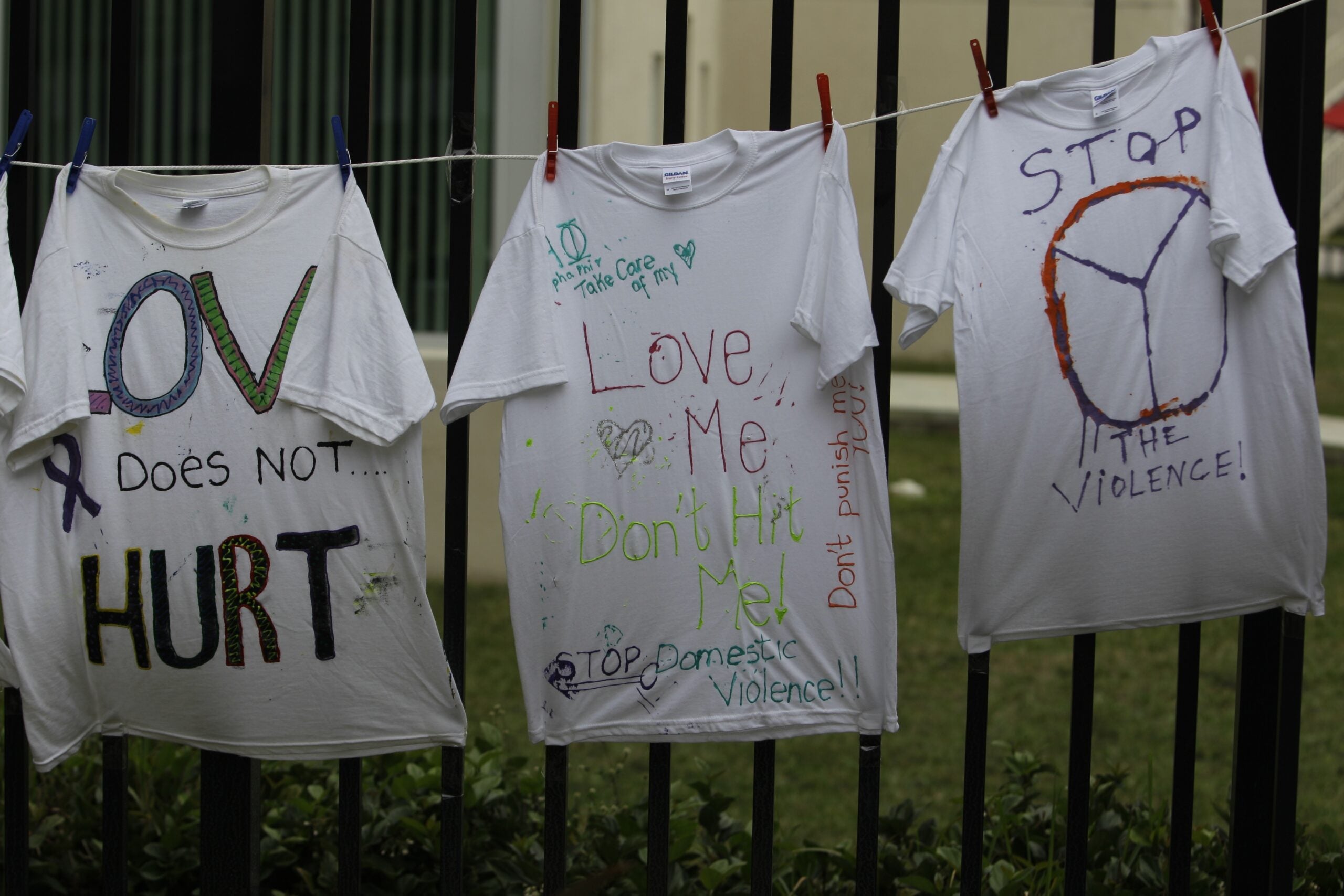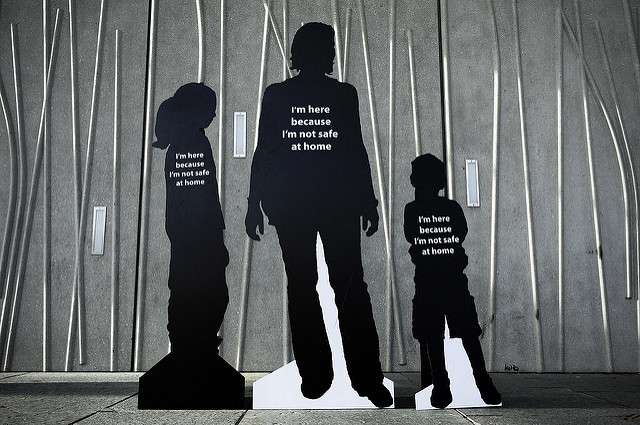The tragic shooting deaths of four women in Brookfield on Sunday raise troubling questions about how to enforce restraining orders in domestic violence cases.
There were some warning signs before 45-year-old Radcliffe Haughton took his gun to the Azana Salon and spa in Brookfield and allegedly killed his wife Zina and two other women, and wounded four others. Haughton had threatened to throw acid on his wife and burn her. A judge issued a restraining order against Haughton last Thursday and ordered him to turn over any firearms he had. But both Radcliffe Haughton and his wife told the court he didn’t own a gun. According to Milwaukee County Chief Judge Jeffrey Kremers, there is no practical way the courts or law enforcement can decide whether to believe a violent spouse or the victim when they make such a claim. And he says there’s no reliable way to tell which abusers are going obey the order and which will turn violent, “We have not been able to develop a risk assessment tool that delineates between those two kinds of domestic violence perpetrators. Thequestion is are we going to cast the net really wide and say well if you’re charged with domestic violence we are going to treat all of you like you are a Radcliffe Haughton. Well we could do that but that would be a very expensive proposition.”
Especially expensive in Milwaukee, where the courts issue more than 1,000 domestic violence restraining orders each year. Kremers says if police had to go out and physically confirm that none of these potentially violent abusers had a gun, it would take valuable time away from other life threatening emergencies police have to deal with daily. Still national studies show that restraining orders are effective tools in preventing and reducing domestic violence in more than 80 percent of the cases.
Stay informed on the latest news
Sign up for WPR’s email newsletter.
Wisconsin Public Radio, © Copyright 2024, Board of Regents of the University of Wisconsin System and Wisconsin Educational Communications Board.



